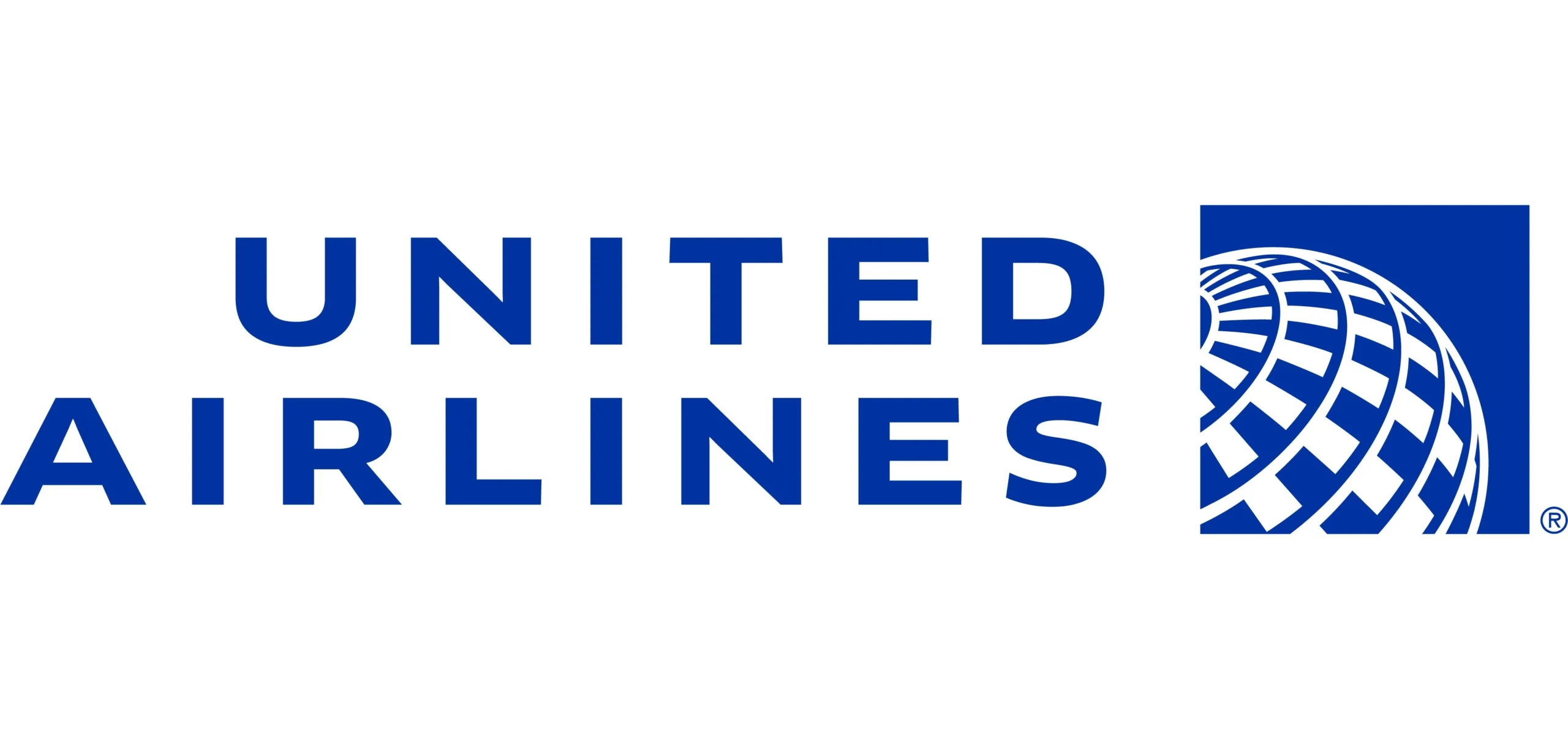Have you ever wondered how United Airlines manages to stay in business? With the rising costs of fuel, competition from budget airlines, and increasing demand for inexpensive airfare, it can be a challenging market to navigate. As a frequent traveler myself, I’ve often pondered this question while waiting at the gate for my flight. Well, after some research and digging into their business model, I’m here to share with you just how United Airlines makes money. So buckle up and let’s take a closer look at their strategies and revenue streams!
So, how United airline makes money?
United Airlines makes money primarily through the sale of airline tickets and additional services such as baggage fees, in-flight meals, and seat upgrades. They also generate revenue from cargo transportation and partnerships with other airlines.
Their business model is based on offering a range of flight options to customers at different price points. This includes first-class, business class, premium economy, and economy seats. By offering these options, United can cater to a diverse customer base and maximize their profits.
Additionally, United Airlines has a loyalty program called MileagePlus which allows frequent flyers to earn miles that can be redeemed for future flights or other rewards. This not only encourages customer loyalty but also brings in additional revenue through credit card partnerships and mileage purchases.
Another key aspect of their business model is strategic partnerships with other airlines. Through codeshare agreements and alliances such as Star Alliance, United can expand its route network without actually operating all the flights themselves. This helps them reach more destinations while minimizing costs.
In recent years, United has also focused on increasing ancillary revenue by offering various add-ons like Wi-Fi access during flights and pre-paid baggage fees. These additional services contribute significantly to their overall profits.
Overall, United Airlines’ strong focus on diversifying their revenue streams through ticket sales, ancillary services, loyalty programs,and strategic partnerships has allowed them to maintain profitability in an increasingly competitive industry.
Understanding United Airlines’ Revenue Streams
United Airlines generates its income through various diverse streams, each contributing significantly to its overall financial health. One of the primary sources is passenger ticket sales, which account for a large portion of their revenue. When travelers buy tickets for domestic or international flights, they support not only individual routes but also the entire operational framework of the airline. Additionally, United benefits from ancillary services such as baggage fees, seat upgrades, and in-flight purchases like snacks and beverages. These extra charges enhance passengers’ experiences while boosting the airline’s profitability.
Another crucial revenue stream comes from cargo transportation. Many people may not realize that airlines like United transport goods along with passengers, creating an additional layer of income. This cargo service includes everything from urgent mail to heavy industrial equipment—essentially anything that needs swift delivery across vast distances. Furthermore, frequent flyer programs play a significant role; these loyalty initiatives encourage repeat business by rewarding travelers with points redeemable for future flights or upgrades. With strategic partnerships and alliances worldwide, United can maximize both passenger satisfaction and operational efficiency while continually expanding its reach in global markets.
The Role of Passenger Travel in United Airlines’ Profits
Passenger travel is the lifeblood of United Airlines, significantly contributing to its overall profits. When individuals book flights for leisure, business, or family visits, they increase revenue through ticket sales. The combination of economy and premium class seats allows the airline to cater to various budgets, maximizing their earnings. Frequent flyers, who value loyalty programs such as MileagePlus, help generate a steady flow of income as they are more likely to choose United for their travels. This relationship not only builds customer retention but also encourages passengers to spend more on additional services like extra baggage or in-flight meals.
Moreover, passenger travel has ripple effects that extend beyond just ticket prices. Each flight requires a dedicated crew and ground staff who play vital roles in ensuring safety and satisfaction. In turn, this creates jobs within local communities surrounding airports while boosting ancillary revenue streams—think car rentals or hotel bookings linked to travelers’ itineraries. Additionally, seasonal trends influence demand; during holidays or summer months when families typically fly together, ticket prices may rise due to increased competition for limited seats. In essence, understanding these dynamics allows United Airlines not only to optimize pricing strategies but also enhance the overall travel experience for customers while bolstering its financial health each year.
Read also: Does Alphabet Inc. use joint ventures

How Cargo Operations Contribute to United Airlines’ Bottom Line
Cargo operations play a vital role in enhancing United Airlines’ overall profitability. These services allow the airline to utilize its aircraft beyond just passenger transport, generating additional revenue streams. With cargo holding a significant portion of air freight moving around the globe, United’s extensive network allows them to efficiently connect businesses with their markets. This means they can carry everything from perishable goods to important documents across long distances quickly and reliably. For instance, perishable items, such as fruits and flowers, require speedy delivery due to their limited shelf life; thus, airlines like United often prioritize these shipments.
Moreover, an efficient cargo operation helps lower operational costs while maximizing payload capacity on flights that would otherwise have empty seats or unused space in the belly of the plane. By strategically planning flight routes and schedules for both passengers and cargo clients, United can optimize each journey’s revenue potential. Additionally, offering specialized services—like temperature-controlled containers for sensitive products—further enhances their appeal among business customers looking for reliable transportation solutions. In doing so, they not only strengthen customer loyalty but also build long-term partnerships that contribute meaningfully to the airline’s bottom line.
These well-integrated systems ultimately lead to improved financial performance while supporting global trade networks crucial for economic growth.
Ancillary Services: An Important Part of United Airlines’ Business Model
United Airlines has a variety of ancillary services that play a crucial role in enhancing the travel experience. These services go beyond simply getting passengers from one place to another and include things like extra baggage fees, in-flight meals, Wi-Fi access, and premium seating options. By offering these additional features, United can cater to diverse customer needs while also generating extra revenue. Imagine being able to choose your favorite meal while soaring through the clouds or staying connected with your loved ones via Wi-Fi during long flights. Such conveniences make traveling more enjoyable and help build loyalty among frequent flyers.
Moreover, ancillary services contribute significantly to United’s overall business model by allowing for flexibility in pricing strategies. Instead of charging one flat rate for tickets, the airline can offer lower base fares and then allow customers to customize their journey according to their preferences. This approach means travelers only pay for what they truly want or need—like priority boarding or access to exclusive lounges—making it feel less like an expense and more like an investment in comfort and convenience. In this way, ancillary services not only enhance personal experiences but also create opportunities for United Airlines to increase profitability while maintaining competitive edge within the aviation market.
You may also like: island display retail
The Multi-Faceted Approach to Profitability at United Airlines
United Airlines has taken a creative route to boost its profitability, focusing on various aspects that enhance the travel experience and streamline operations. By investing in technology, the airline has made significant strides toward efficiency. For instance, they introduced advanced data analytics to predict passenger needs and optimize flight schedules. This means fewer delays and a smoother journey for travelers. Additionally, United is enhancing its fleet with newer, more fuel-efficient aircraft that not only lower operational costs but also reduce their environmental impact—a win-win situation for both the company and planet.
Moreover, customer loyalty programs play a crucial role in United’s strategy. These programs are designed to reward frequent flyers with points that can be redeemed for free flights or upgrades to better seats. The more passengers engage with these offerings, the more likely they are to choose United over competitors. Alongside this initiative, improving inflight services like Wi-Fi access and diverse meal options keeps customers happy while encouraging them to return for future trips. With such a multi-faceted approach focused on innovation and enhanced customer experiences,
it’s clear why United Airlines continues striving toward greater profitability in an ever-competitive market.

